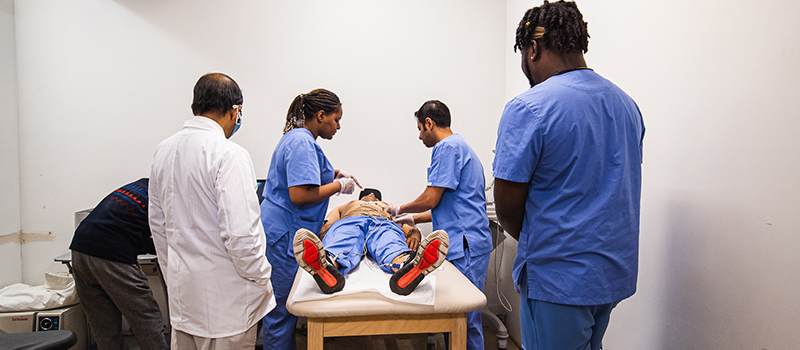Student will label the major internal and external structures of the heart; describe the major functions of the cardiovascular system. Identify the five types of blood vessels, label the electrical conduction of the heart and obtain a standard EKG rhythm strip.

Describe and identify ECG characteristics of Sinus Rhythms, Atrial Rhythms, Junctional Rhythms, Ventricular Rhythms, Atrioventricular, AV Blocks, different components of Pacemaker Rhythm.
In our EKG training program, candidates are trained to perform electrocardiograph on patients that are being supervised by a physician, obtain blood samples and other specimen prescribed by licensed health care departments.
They also learn how to label samples collected in tubes with adequate information about the patient, such as name, date of birth, time of collection, etc.
We encourage our students to prepare for National certification exams conducted by NHA to receive professional excellence in healthcare (although it is absolutely optional).